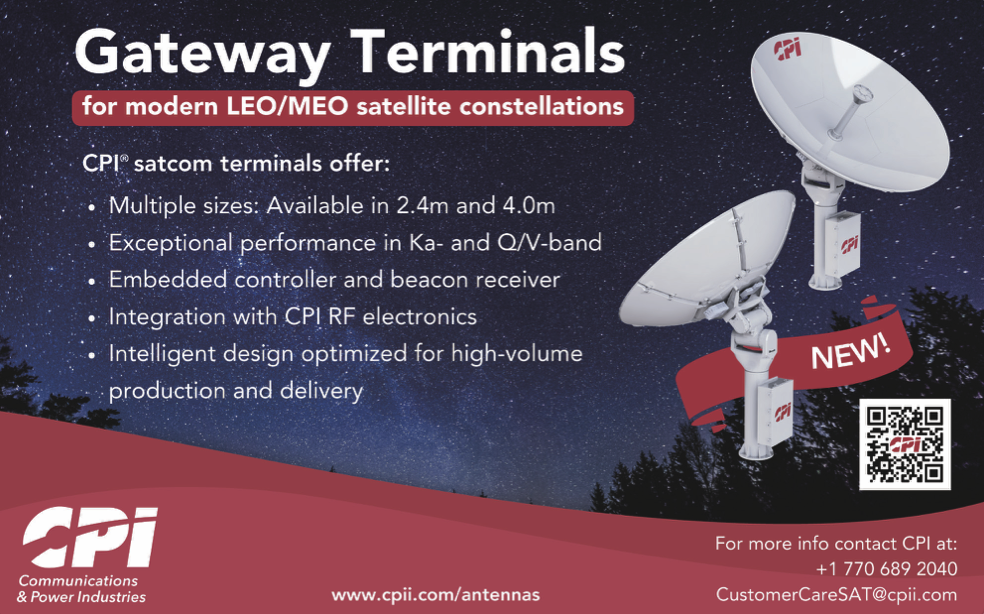Astranis’ next generation product: Omega
Astranis has announced Omega which, according to the company, is pound-for-pound the most powerful communications satellite for a GEO satellite to ever offer, with more than over 50 Gbps in a smallsat form factor, with expectations for launch in 2026.
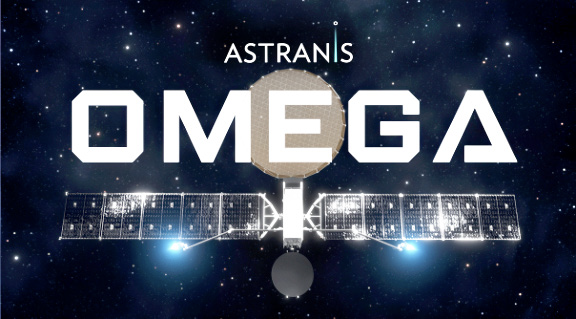
Astranis made their Omega announcement at the Space Symposium that was in session in Colorado Springs, Colorado.
Omega will fly an updated version of Astranis’s proprietary software-defined radio (SDR) which, when combined with other new payload technology, means a platform with more than 50 Gbps of dedicated, uncontended capacity.
For Astranis’ commercial customers, Omega will mean advanced capabilities and lower prices for, by combining new technology and leveraging the Astranis-built hardware currently operating on orbit.
For Astranis’ U.S. government customers, Omega supports the Protected Tactical Waveform and other government waveforms to operate in contested environments.
The satellite platform also has a gimballed Q-/V-band antenna, greatly improving operational flexibility, and can alternatively shift gateway traffic to a Ka-band payload feed when needed.
Astranis launched its first satellite in 2023 and has announced an additional nine programs launching over the next 18 months. The first Omega flight vehicle will be complete in 2025, and the first Omega satellite will launch in 2026.
“Omega is a leap forward,” said Astranis CEO John Gedmark, “offering an industry-best throughput per kg without sacrificing the things our customers love about Astranis. With Omega, our customers simply get more throughput at lower prices, faster than ever before. How did we do it? Speed. About half of our first satellite was built in house, the most recent satellites coming off of the line are closer to 60%, and Omega will be about 70% built in house. We have hired 300+ of the most talented engineers in the country, and we all feel an immense urgency to build great things to help connect our commercial customers and support the U.S. warfighter.”
Spire to protect its 100+ satellite constellation
Spire will deploy Neuraspace’s Space Traffic Management (STM) platform to its constellation of 100+ multipurpose satellites — all satellites will be monitored using Neuraspace’s software.
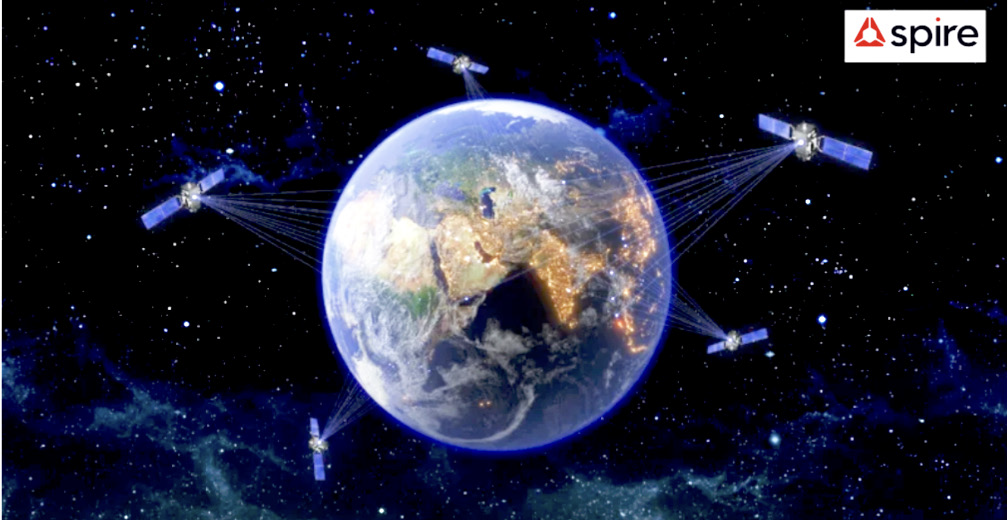
This combined setup allows Spire to track and monitor potential conjunctions across its constellation and, at the same time, focus on its more critical assets.
Leveraging the Neuraspace platform, Spire will receive automated conjunctions alerts and in-depth analysis. In addition, the Neuraspace STM platform will provide Spire with collision avoidance maneuver suggestions, advanced conjunction analysis, maneuver management, and automated screening for its growing number of space assets equipped with onboard propulsion.
The Neuraspace platform facilitates agile, real-time decision-making which further reduces collision risks. The automatic update of the orbit positions by the Neuraspace platform enables a faster screening of maneuvers for potential collision avoidance. It also saves human conjunction screening time and effort.
Vincent Furia, Senior Director of Constellation Planning and Operations at Spire, said, “Spire is at the forefront of the Space-as-a-Service model. With the STM platform from Neuraspace, we can customize monitoring and analysis data, providing timely collision information. As our constellation expands and orbit congestion grows, Neuraspace’s AI-powered STM reduces human screening, preserving fuel and enables more efficient operations.”
Chiara Manfletti, CEO of Neuraspace, said,“Being selected by a successful NewSpace company like Spire with a large constellation is testimony to the trust they have in our STM solution. It also demonstrates the need for satellite operators to protect their assets in space. The threat stemming from increased orbital traffic and space debris is a growing concern and potentially a costly issue for satellite and constellation operators like Spire. With our automated STM solution using data from various sources, we can provide them with the most comprehensive overview and analysis. And as a result, we can reduce the threat to their assets and enable our customers to focus on their main business.”
ABI Research: Global connectivity demands rapid growth of the satIoT market
The satellite Internet of Things (satIoT) market is transforming remarkably, driven by technological advancements and an ever-increasing demand for global connectivity. As the world becomes more interconnected, the limitations of terrestrial networks become apparent, particularly in remote and underserved regions.

This is where satIoT steps in, bridging the gap with its ability to provide widespread, reliable connectivity across the globe. Global technology intelligence firm ABI Research forecasts the market to surge past the $4 billion mark by 2030, signaling significant growth potential in the market.
Technological advancements in IoT devices have made new use cases for satellite IoT emerge at an unprecedented rate, from precision agriculture to ocean monitoring and from connected mines to disaster prediction and response. While satellite IoT currently accounts for only a small portion of overall satellite connectivity revenue, it is growing positively with major players such as Inmarsat, Iridium, and ORBCOMM driving the market.
North America, particularly the United States, will be the dominant region for satIoT. North America’s position as a main region for this technology can be attributed to several key factors that make it a highly attractive growth opportunity of this technology.
The Asia-Pacific (APAC) region is projected to be the fastest-growing market due to several key factors, such as rapid urbanization and industrialization, increasing investments in space technology in China (G60 Starlink and China SatNet (Guowang) LEO mega-constellations), a booming agricultural sector, and rapid economic growth.
The standardized SATCOM technologies, multi-technology/orbit connectivity solutions, and SatIoT integration with terrestrial 5G networks (NTN) are the key trends with significant opportunities for innovation and growth in the market.
These findings are from ABI Research’s Satellite Communications: IoT Deployments & Subscriptions market data report. This report is part of the company’s Satellite Communications research service, which includes research, market data, and analyst insights. Market Data spreadsheets comprise deep data, market share analysis, and highly segmented, service-specific forecasts to provide detailed insight into where opportunities lie.
“The rapid growth of the satellite IoT market is fueled by several factors, including the decreasing cost of satellite launches, advancements in satellite technology, such as LEO constellations, CubeSats, and Nanosatellites (smallsats), and increasing demand for untethered connectivity and remote asset management,” said Victor Xu, Satellite Communications Research Analyst at ABI Research. “North America’s leadership in the Satellite IoT market is attributable to its early adoption of space technologies, alongside the launch of major commercial space operators like SpaceX, Amazon Kuiper, and Globalstar driving down costs for satellite services. Furthermore, the region’s strong presence in key outdoor IoT industries such as agriculture and oil and gas, combined with a favorable regulatory environment, solidify its position. With the ongoing expansion of the satellite IoT market, the potential of this technology for innovative use cases is limitless, and the diverse applications of satellite IoT will drive the overall market.”
D-Orbit announces on-orbit edge computing collaboration with SkyServe STORM
D-Orbit will be enabling edge computing capabilities with the SkyServe STORM platform aboard some of the ION Satellite Carriers that comprise the fleet of Orbital Transfer Vehicles (OTVs) that the company already has on-orbit (specifically, ION SCV004 Elysian Eleonora) and then on a more performant ION in 2025.
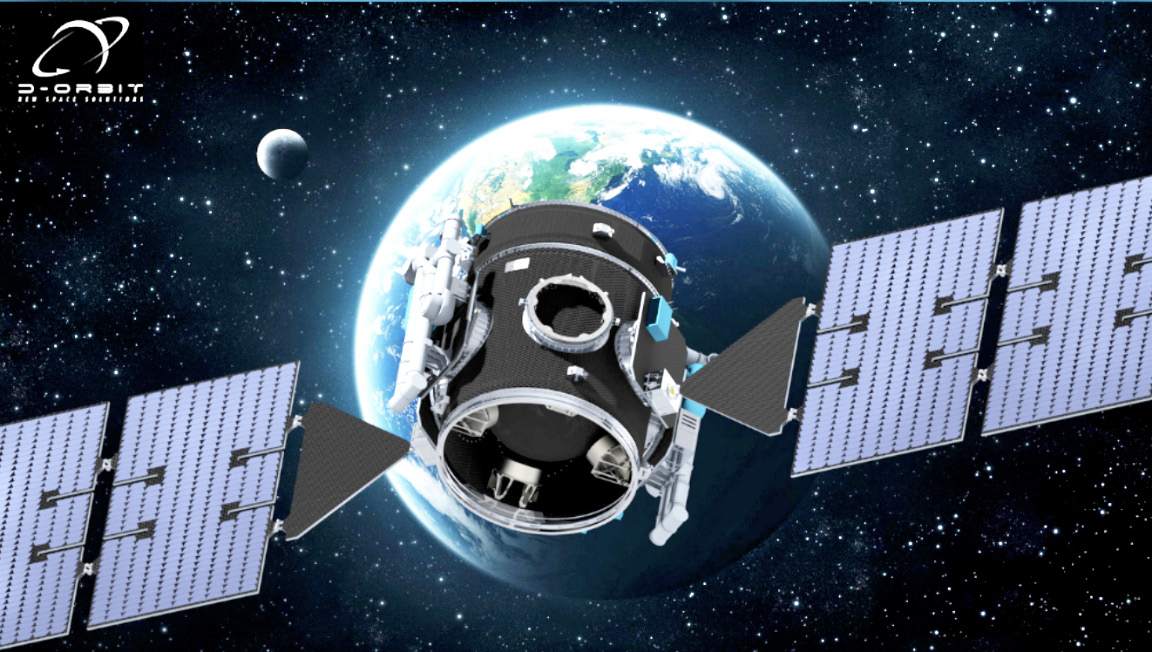
As a part of Mission Matterhorn, SkyServe STORM will leverage D-Orbit’s live EO data feed, onboard compute and data distribution resources to process images into inferences directly in space and deploying geo spatial end-use applications.
The mission is designed to enable geospatial organization and analytics companies to deploy artificial intelligence models on satellites, aiming to significantly enhance on-orbit data processing and analytics capabilities.
SkyServe STORM’s deployment on D-Orbit’s ION Satellite Carrier will provide a suite of data processing capabilities, such as smart discard, tasking, compression and other deep learning features on D-Orbit’s upcoming missions.
D-Orbit has long been deploying software on-orbit, working within a vibrant ecosystem, continually expanding capabilities and infrastructure to support innovative space technologies. This collaboration underscores D-Orbit’s commitment to driving forward space innovation, providing customers with essential services to demonstrate their capabilities on-orbit, while also offering continued support to those seeking to leverage the advantages of space for their technologies and applications.
“SkyServe STORM’s deployment represents a pivotal moment for space-based data analytics. This mission with D-Orbit allows us to perform complex processing tasks in orbit, and making space data more accessible and actionable for our clients,” said Vinay Simha, CEO of SkyServe. “We are excited to collaborate with D-Orbit paving the way for in-orbit data processing, for applications on the edge.”
“I am thrilled to work with SkyServe on this mission. The mission highlights the type of engagement between leading space tech companies that result in meaningful outcomes for technology, business, and society”, said Viney Jean-Francois Dhiri, D-Orbit’s Head of Business Development. “The collaboration with SkyServe not only facilitates their in-orbit STORM platform but also aligns with our mission to provide comprehensive in-orbit services. Combining our technology with edge computer providers, as we have with Unibap’s iX5 product, has enabled us to offer a novel route to space for impactful solutions since 2023, throughout 24 and beyond.
Apogeo Space to manage multi-unit launches
Apogeo Space has announced an agreement with INNOSPACE to acquire multi-unit launches, starting in the second half of 2025.
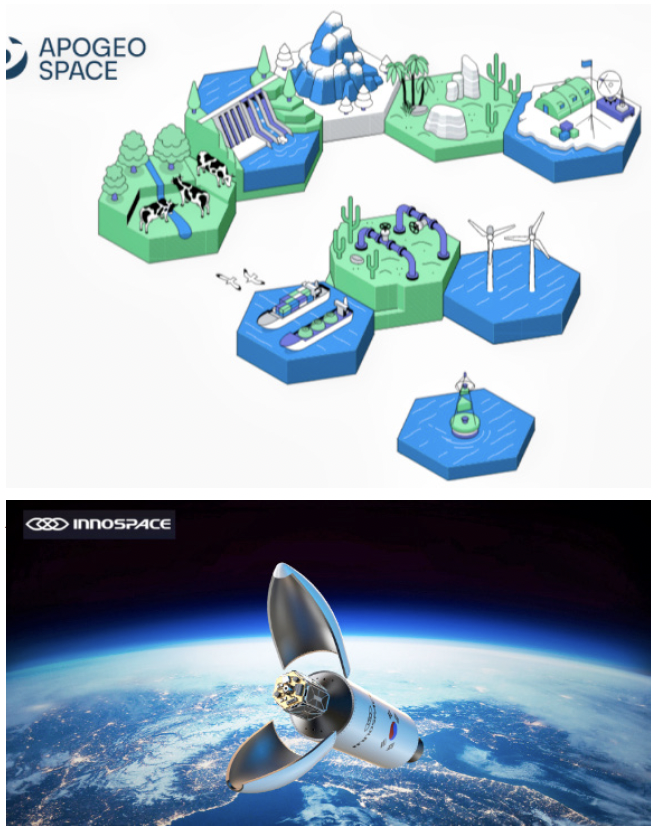
The agreement consists of the management, over the period 2025-2027, of three LEO launches and releases of Apogeo Space’s picosatellites that will populate Italy’s first private constellation dedicated to IoT.
The deal between Apogeo Space and INNOSPACE marks an important step toward the Italian future of a global connectivity service, enabling consistent and reliable coverage for IoT worldwide.
Thanks to this agreement, which is in addition to the one with Italy’s D-Orbit, Apogeo Space is increasingly securing qualified access to space, pursuing its motto “IoT everywhere, for everyone” in tandem with a structured business plan for positioning in the first orbits needed to ensu re global and continuous connectivity.
When fully operational, Apogeo Space’s plans expect for three to four launches per year, each consisting of nine satellites only 10x10x3 cm in size, to build its constellation, which will begin operations in late 2024 and be completed by 2027, when there will be 96, active, picosatellites on-orbit.
The launch of the first nine test satellites occurred in November of 2023, with SpaceX’s Falcon 9 launcher and released by the Italian D-Orbit’s Orbital Transfer Vehicle (OTV).The next launch is scheduled for July of 2024.
Apogeo Space’s project will reinforce Italy’s role in telecommunications constellations, specially composed of picosatellites/nanosatellites, capable of offering a full range of advanced services.
These services include data collection for a variety of applications, from the agri-tech sector to integrated logistics, from forest and glacier monitoring to oil & gas, from large watersheds to network and infrastructure monitoring.
Related to these sectors, the World Economic Forum‘s April 2024 Insight Report, in partnership with McKinsey & Company, claims that data from IoT sensors, located even in remote areas, will significantly benefit advanced supply chain services, energy, agriculture, mining and aerospace, generating an additional $3 billion in revenue by 2035.
German research institute Statista estimates a worldwide deployment of about 30 billion connected IoT devices by 2030, with a steady average annual growth of 2 billion between now and then.
Guido Parissenti, CEO and co-founder of Apogeo Space, said, “We are excited to partner with such an innovative company as INNOSPACE. This agreement is of great importance as it guarantees us to expand the number of partners that will allow us to complete our IoT picosatellite constellation by 2027.“
“We are delighted to announce this multi-launch agreement with Apogeo Space and are very proud to undertake the three space missions to deploy the IoT picosatellite constellation. INNOSPACE supports the vision of Apogeo Space as an innovative space partner. Our small satellite launch vehicle, HANBIT, will provide reliable launches to assist in building the constellation with precision deployment to orbits,” said Soojong Kim, CEO and founder of INNOSPACE.


